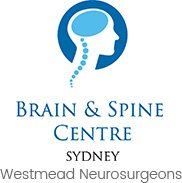Dystonia
Dystonia refers to a group of movement disorders characterised by slow repetitive movements or spasms and contractions that are involuntary. These movements can sometimes be painful and can sometimes result in tremors, foot dragging, difficulty speaking.
Mostly the cause is unknown although it can be an inherited condition. It is thought to be related to abnormalities in parts of the brain like the basal ganglia or a defect in the brain’s ability to process information related to movement. However, nothing abnormal is visible on CT or MRI scanning.
Dystonia may be brought on by an action such as writing. It may be worse with fatigue and anxiety. It may be located to just one part of your body (focal dystonia) or it may be generalised. Areas that are usually affected are eyelids (blepharospasm), neck (cervical dystonia), vocal cords (dysphonia), hands (writer’s cramp).
There is no preventive treatment for dystonia; however, treatment is available for symptomatic relief. Botulinum toxin type A injections can be used in specific areas to reduce contractions which may help with abnormal posturing. Medications like anticholinergics and muscle relaxants may be helpful especially with early-onset dystonia.
Surgical procedures such as deep brain stimulation with electrodes implanted in the brain that help control muscle contractions or selective peripheral denervation where the nerve endings are severed.
The course of dystonia varies. It may progress slowly and then not change at all. It may be more severe on some days. Living with dystonia can be frustrating and embarrassing especially in social situations. Therapy must be sought sometimes to cope.
It does not usually improve by itself but rarely in about 5% of the population there is total remission. Improvement in dystonia is also more likely to be seen when it occurs secondary to stroke.




